Nuclear Energy after Fukushima
Description
So what has been the impact of the accident in Fukushima? What can we say about the extent that nuclear energy is utilized today in the world? Today, in the world, we have a total of 437 nuclear power plant in operation. The majority of this is in the United States. United States alone account for about 100 power plants, which means about a quarter of the total. The second largest utilizer of nuclear energy is France, of course, a country much smaller than United States. Then, we have Japan. The nuclear power plants in Japan at the moment not functioning after Fukushima and a review of their safety is being conducted and recently some of them have received the authorization to restart. Obviously, in Japan, because of the proximity of the accident in Fukushima, public opinion again is divided and there is a substantial amount of people for opposition to restarting the nuclear power plants, but the government appears to be rather determined to make use of this very important assets that a country has, which would be very significant loss if they were to be abandoned completely already now. Other important nuclear countries are Russia, South Korea, and now China, and so on, the other countries that you can see in the list and in this chart. In terms of percentage of total electricity produced, several European countries are very much at the top. Of course, France is the one country that derives the most of its energy, of its electricity from nuclear power. It has a dependency of approximately 75 percent of total electricity produced from nuclear power. But not many people realize that even Belgium, Slovakia, and Hungary have levels of dependency on nuclear that are of the order of 50 percent. Then, we have Ukraine and Sweden that have dependency above 40 percent. Sweden too is a country that has decided to abandon nuclear energy, but their level of dependence on it is so high at the moment that this is certainly not going to happen soon. Then we see Switzerland, the Czech Republic, Slovenia, Finland, Bulgaria, all of these are countries that are dependent for more than 30 percent of their electricity on nuclear energy. Switzerland again has decided to abandon nuclear energy, but it is a decision that should become operational in 20 years from now. So plenty of things may happen in between and people can change their mind because there, again, it will be difficult to substitute 30 percent of your power generation park and at the same time, reduce emissions because the only viable alternative will be other fossil fuel-burning plants. This slide gives you the total number of reactors being built. So no power plants that are currently under construction. You can see that the number of nuclear power plants that are under construction in China is really staggering. Twenty-seven nuclear power plants at the moment are being built in China. So you can see that there is no tendency to abandon nuclear energy completely. This may be a tendency in some European countries but as we look elsewhere, we don't see the same. China is forging ahead at full speed, and then Russia is building 10 new nuclear power plants, India is building six, Korea and the United States of America are building five each, the United Arab Emirates is building four, and so on. So there is an interest for nuclear energy in many countries and new plants are being built. So there is a shift in the geography of nuclear energy. Until now, it has been mostly United States, Western Europe, Russia affair. Now, increasingly, it is moving to be especially an Asian affair. Many Asian countries attach a lot of importance and a lot of hope in nuclear energy. This last slide puts all things together and gives you a complete view. The red portion of the bars is the number of power plants that have reached the end of their life and therefore had been decommissioned for good and are no longer expected to ever start working again. Then, you have the plants under construction, and the plants that are already operational. The interests of that is that it allows us to see how, for example, China is quickly approaching even France in a matter of two decades, certainly, it will rank at least number 2 globally, and very soon, it will be the country with the largest number of nuclear power plants. Obviously, the knowledge, the know-how, the control of the technology also shifts with the number of new power plants being built because it's the people that build the new plants that are capable of improving on the technology and will possess, therefore, the most advanced technology down the road.



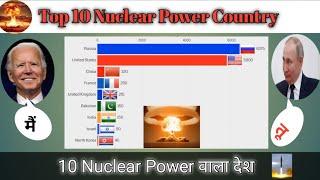

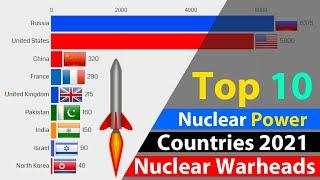

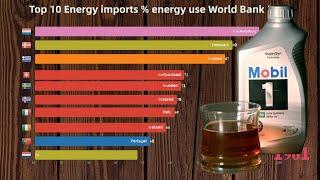

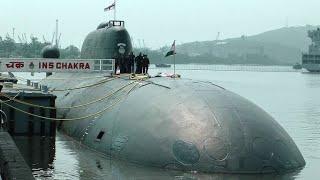



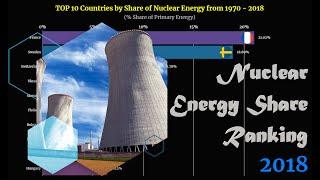
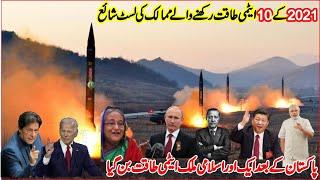






Comments